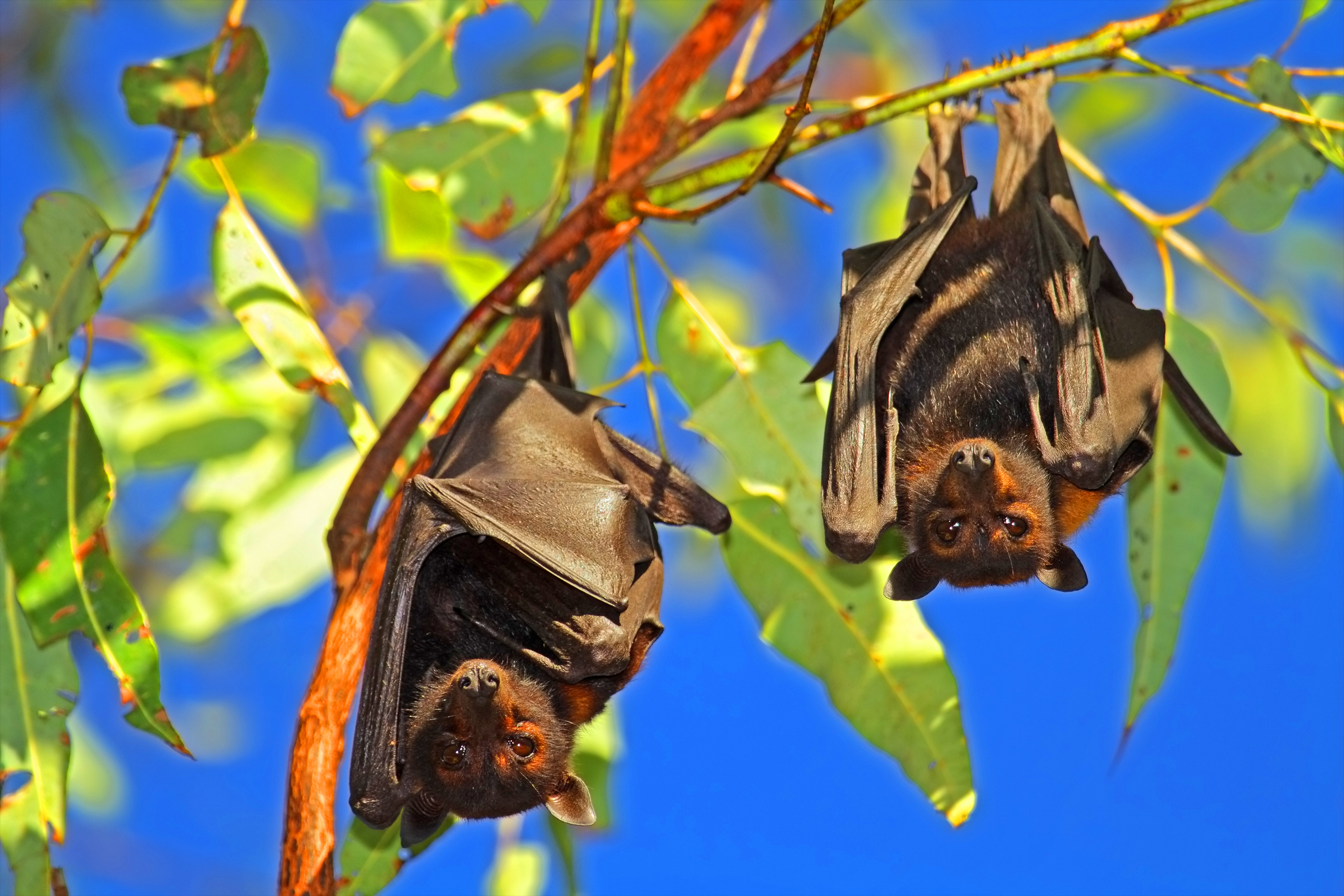Animals that fly by night and can’t rely on vision need an alternative way to navigate safely without relying on their eyes. Bouncing sound waves off nearby objects is a handy way to move around if you have the right equipment. Bats do, and scientists are still uncovering new surprises about the complex, interacting components that must all be in place for this system to work.
Bats rely on complex echolocation to maneuver in the dark.
Two things are needed to see with your ears (a phenomenon more commonly known as echolocation): a sound producer and a sound receiver. Bats use their vocal cords to produce sound waves, controlling the intensity, direction, and frequency. This sound is loud enough to easily bounce off any object, whether moving or stationary, and return to the bat.
The sound receivers, the bat’s ears, may be the most interesting parts of the echolocation system. Bats have complete control over which sounds their ears pick up. Otherwise, their highly sensitive ears would go deaf whenever they made their loud, high-frequency sounds.
So when the bat produces sound, either it uses its middle-ear muscles to close its ears or it adjusts them to hear only a certain frequency. As the sound waves bounce back toward the bat, the frequency shifts, due to something called the Doppler Effect. This allows the bat to protect its ears from the loud frequency going out while retaining the ability to hear other frequencies coming in.

